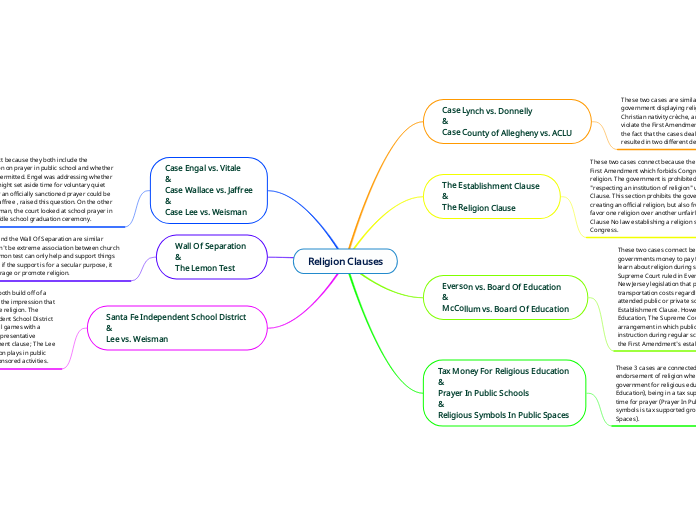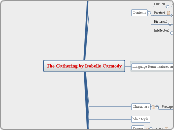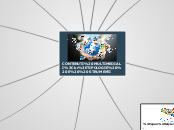da Rebecca Koenig mancano 3 anni
121
Religion Clauses
Several landmark cases examine the intersection of government and religious expression in public settings, particularly schools. Engel v. Vitale addressed the permissibility of voluntary quiet prayer in schools.









